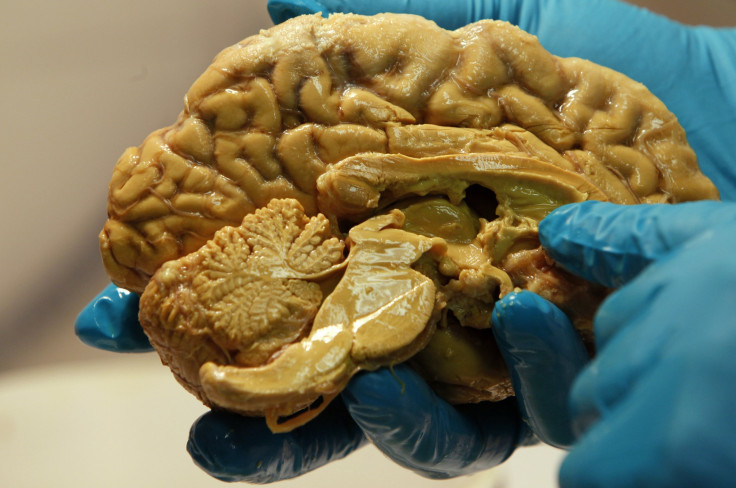Schizophrenia News 2016: Split Personality And 4 Other Myths About The Chronic Brain Disorder

The struggle of living with schizophrenia has been famously depicted in the 2001 Oscar-winning film "A Beautiful Mind." The movie follows a mathematician’s decades-long battle with the chronic brain disorder and how he believed he recovered from his psychosis. Although we may have a better understanding of schizophrenia, there are still myths and misconceptions that cloud the medical realities of the disease.
Schizophrenia is not as common as other mental disorders, but it can be debilitating. The National Institute of Mental Health reports around seven individuals out of 1,000 will develop the disease in their lifetime.
Myth #1: Schizophrenia is a split personality
People often use "schizophrenia" interchangeably with "split personality" or "multiple personalities", but the disorders are completely different. In schizophrenia, the person interprets reality in an unusual way via hallucinations, such as seeing or hearing things that don't exist. This aspect of the condition is what gets interpreted as having a split personality that can allegedly lead to violence.
Unlike schizophrenia, multiple personality disorder is induced by trauma that occurs during childhood, such as physical or sexual abuse. The patient develops additional personalities as a way to cope with the traumatic event, according to the Cleveland Clinic.
Myth #2: Schizophrenia only involves delusions and hallucinations
Delusions and hallucinations are one of the most over-represented aspects of schizophrenia in mainstream media. Since it is a chronic brain disease, it affects multiple brain functions, including the ability to think clearly, handle emotions, make decisions, and relate to others. People with schizophrenia do have delusions, which are based on false beliefs, that lead them to believe people are following them or looking at them.
However, there are different types of schizophrenia. Those diagnosed with the same subtype of schizophrenia look very different, and do not all have the same symptoms. Even individuals diagnosed with the same subtype of schizophrenia often look very different.
Myth #3: People with schizophrenia are not smart
Schizophrenic patients prove to be just as smart as the rest of the population, or better yet "mad geniuses". A study published in the journal Nature found after looking at the genes of actors, dancers, musicians, visual artists, and writers in Iceland, 17 percent were more likely to carry variants linked with mental disorders, like schizophrenia and bipolar disorder. This proves the theory there is an overlap between certain mental disorders and creativity.
Myth #4: Schizophrenia is purely genetic
Genes do play a role in the disease, but this doesn't mean you're destined to get it. A study published in the journal PLoS ONE found in pairs of identical twins, the prevalence of developing schizophrenia was 48 percent. This means either the twins are genetically not identical or the familial disease involves non-genetic, or random effects. Stress and family environment can play a big role in increasing a person's susceptibility to psychosis.
Myth #5: Schizophrenia is untreatable
Currently there is no cure for schizophrenia, but antipsychotic drugs and talk therapy are shown to be effective in reducing symptoms. A study published in the The American Journal of Psychiatry found schizophrenia patients who did more one-on-one talk therapy and family support and smaller doses of antipsychotic drugs were more likely to recover over the first two years of treatment than those who received the standard drug-centered care. The earlier the patients started the combined treatment, the better they did.
These myths help perpetuate the stigma of living with schizophrenia.



























